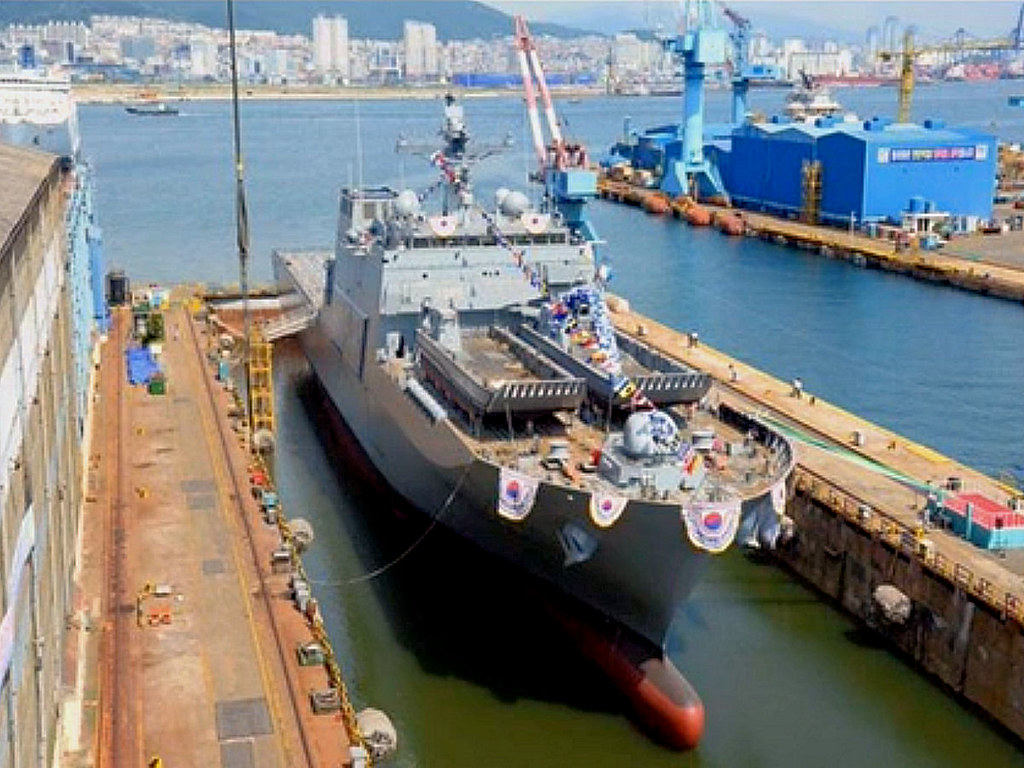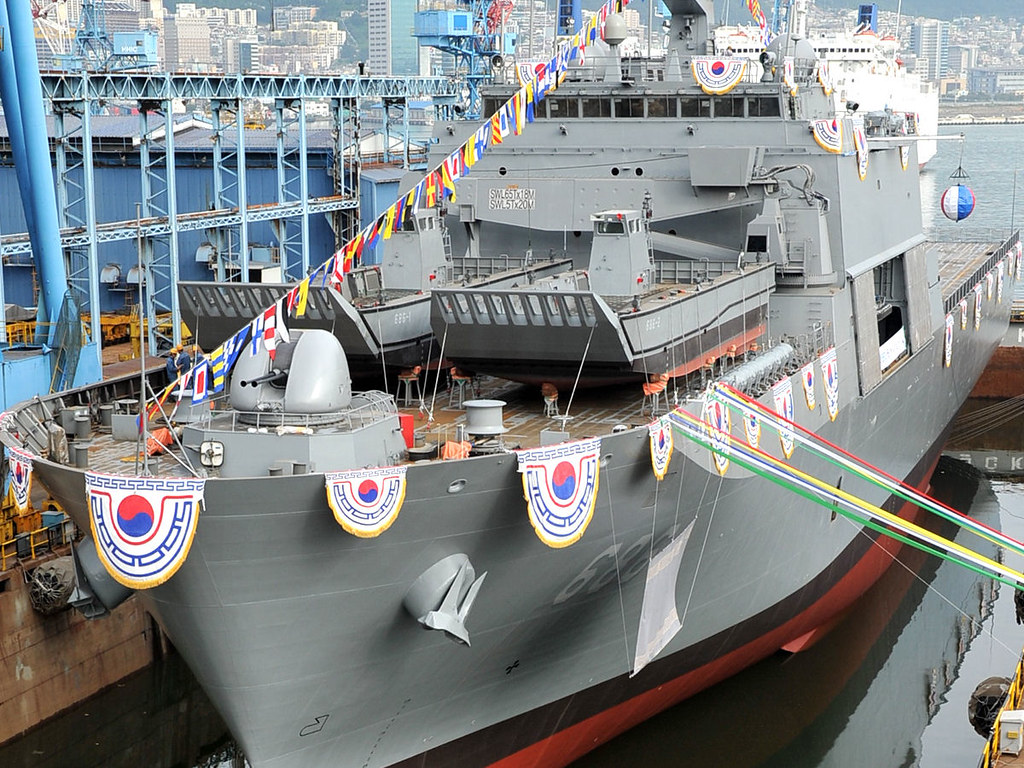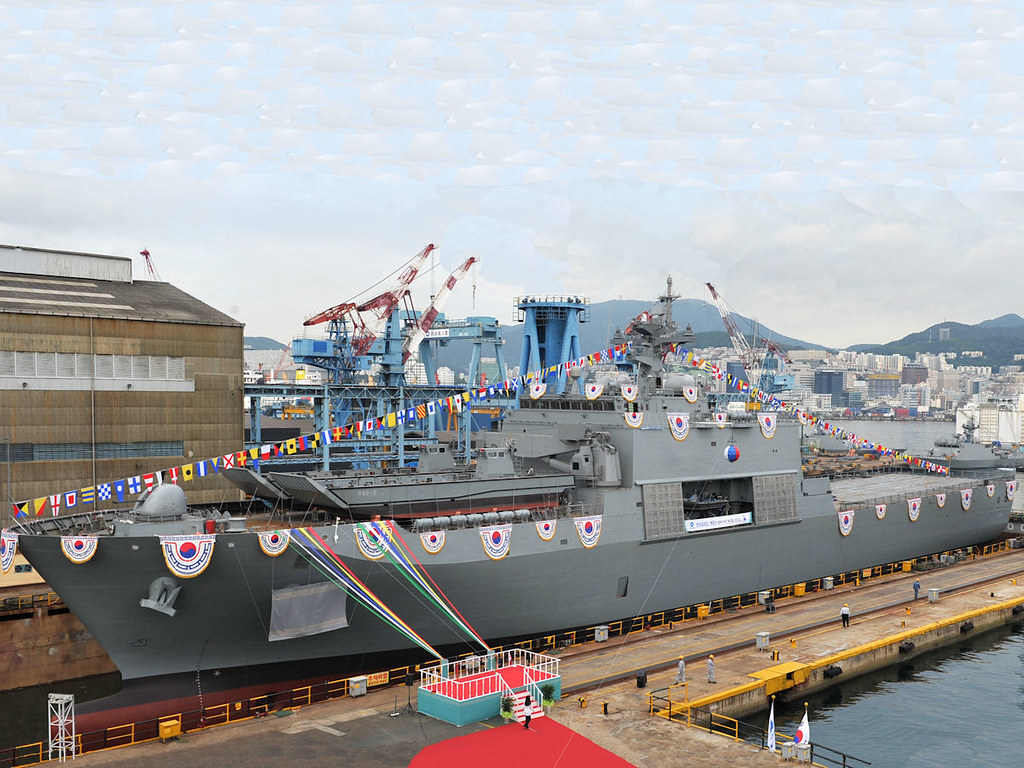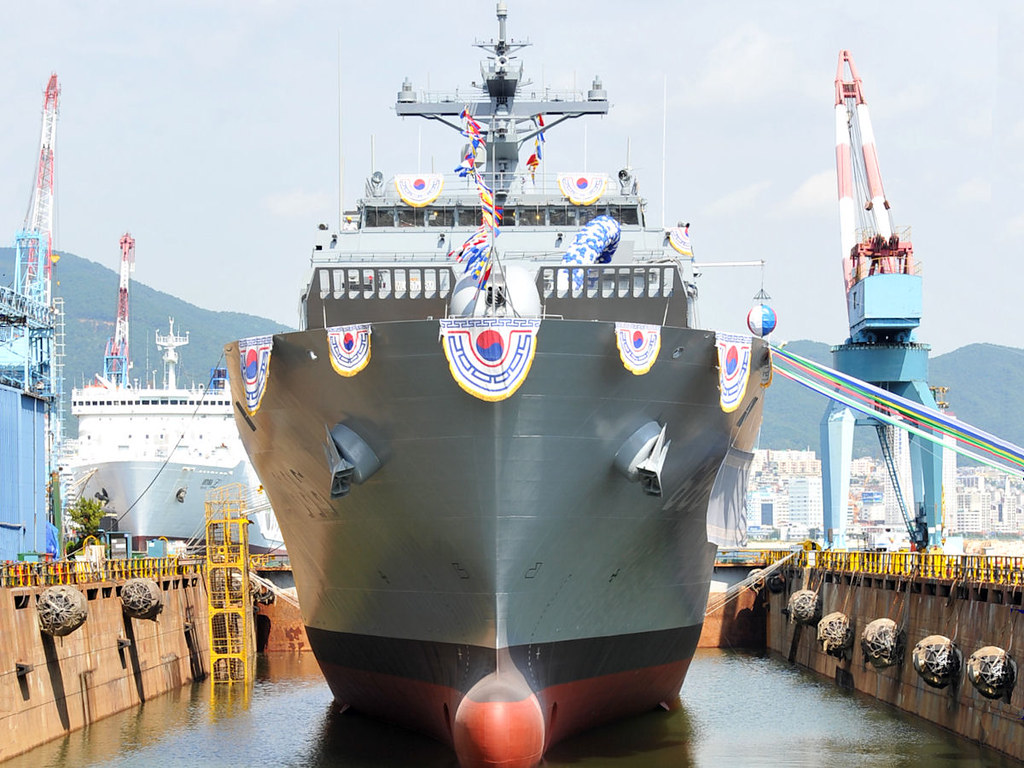2 Korean soldiers are the first women to earn Expert Infantryman Badge
Oct. 28, 2014 - 06:00AM |
Staff report
FILED UNDER
News
Staff Sgt. Kim Min Kyoung and Staff Sgt. Kwon Min Zy, both infantry squad leaders in the Republic of Korea Army’s 21st Infantry Division, said they are honored to have had the chance to compete.
The women successfully tested for the EIB “not because of their expert skills, but because there were 21 soldiers from the 21st Infantry Division that competed with them, pushing and pulling each other, helping each other out,” Kwon, 21, said through Sgt. Jung Hoi Won, a Korean Augmentation to the U.S. Army (KATUSA) soldier who translated the interview for Army Times.
American soldiers, KATUSA soldiers and ROK army soldiers all trained and tested for the EIB at Camp Casey, South Korea, starting Oct. 19.
Almost 530 soldiers started the test, but only 94 made it to earn the EIB, said Command Sgt. Maj. Andrew Spano, the senior enlisted soldier for the 2nd Infantry Division.
The Expert Infantryman Badge was created to recognize infantrymen who have demonstrated a mastery of critical infantry tasks, according to the Maneuver Center of Excellence’s EIB website.
During the five-day testing period, infantrymen are evaluated on 30 tasks and abilities, including physical fitness, land navigation, weapons proficiency and a foot march.
EIB testing is open only to soldiers in the infantry, one of the military occupational specialties closed to women in the U.S. Army.
In the ROK army, female soldiers are allowed to serve in the infantry.
The 2nd Infantry Division runs EIB testing about once a year, usually in the fall, and every eligible American infantryman and KATUSA is invited to participate, Spano said.
This year was the first time the division had soldiers from a ROK infantry unit test for the EIB, he said.
In all, 21 noncommissioned officers – three of them women – from the 21st Infantry Division tested for the EIB, Spano said. Eighteen of them earned the coveted badge.
The challenging test typically has an 8 percent to 10 percent pass rate, Spano said. During this year’s test, 2nd Infantry Division achieved an 18 percent pass rate, he said.
“It’s pretty intense and it’s very difficult,” he said. “Each candidate is being evaluated against a standard, and that standard is pretty tight, pretty meticulous.”
Spano said this is the first time female soldiers have been allowed to test for and earn the EIB, since eligible soldiers must hold the 11-series (infantry) or 18-series (Special Forces) MOSs.
In the past, soldiers in non-infantry units have participated in the test, but they were not eligible to earn the EIB even if they met the standards. Instead, they would receive a certificate of training, Spano said.
“This is a really big deal,” he said about Kim and Kwon earning the EIB. “This is history in the making, because no other time has a woman ever actually earned and worn the EIB. This is monumental.”
And the other soldiers who tested alongside the female soldiers “didn’t even blink an eye to it,” Spano said.
“It doesn’t matter if you’re male or female, a standard is a standard,” he said. “You have to pass that standard. No one gets any breaks, no one gets any deals.”
The two female soldiers were almost dwarfed by their rucks during the foot march, Spano said.
“But they were out there,” he said. “They deserve it because they earned it.”
Spano predicts this will be the way of the future, as the Army looks to open combat arms MOSs to female soldiers.
“As long as there’s a standard, and everyone knows what the standard is, and you have to pass that standard, there are going to be soldiers – male or female – who are going to pass,” he said.
Kim, who has served for three years, and Kwon, who enlisted a year ago, both chose to be in the infantry, said Jung, who was translating.
Kim described the infantry as “one of the hardest MOSs in the army,” Jung said.
“As a female, it takes a lot of strength to train and become an expert in the infantry MOS, but I had many comrades beside me to help me,” Kim said. “I believe more and more females are applying to be in the army, and I wish they would join the infantry and feel the camaraderie I felt when I came into the army.”
In South Korea, all male citizens serve about two years of mandatory service in the military. The women who serve do so voluntarily, and if they enlist, they are sent to school and enter the service as staff sergeants.
Female soldiers were first integrated into the ROK army in September 1950 during the Korean War, according to information from the 2nd Infantry Division. The women were assigned to separate units, segregated from the men.
In 1991, the ROK army abolished the original policy, replacing it with a new one allowing female soldiers to serve in a variety of MOSs. By July 2014, a new policy allowed female soldiers to serve in any MOS, according to the 2nd Infantry Division.
Kim and Kwon were selected, along with 19 other soldiers from their division, to test for the American EIB after graduating from a similar test run by the ROK army, Jung said.
The women trained since June to prepare for the EIB testing.
They worked out and watched videos to learn U.S. Army weapon systems such as the M240B machine gun, MK19 grenade launcher and the M4 carbine.
“Though they had their primary mission in the ROK army, their chain of command helped them to compete in the EIB by making them time to practice [physical training] and infantry arms,” Jung said, translating for Kim and Kwon. “Since ROK weapons and U.S. Army weapons are different, they trained by watching videos.”
The South Korean army uses the K2 and K1 rifles, which are similar to but still different from the M16 and M4.
When testing began, Kim and Kwon both said they were nervous, Jung said.
“Though they had practiced a lot, they were really nervous because the graders were really picky on all the little things they did,” he said.
Kim and Kwon are proud to have earned the EIB, Jung said.
“They felt they were special to even have the chance to compete,” he said.
Kim also said the EIB will help her as she resumes her duties as an infantry squad leader.
“It means she can lead with much more expertise, and she also said, having infantry as an MOS, earning the EIB means really becoming a real soldier,” Jung said on Kim’s behalf.
Both women said they chose to serve in the infantry because they want to lead.
“Infantrymen can do everything, and infantry was the only position where they can lead soldiers, can grow leadership and responsibility,” Jung said.
They do sometimes struggle because they are women, however, Jung said.
For example, because female soldiers live in separate barracks than male soldiers, it can be difficult sometimes for the women to connect with and understand their male soldiers, Jung said.
“Their soldiers are all males,” he said. “It’s hard for them to really understand them as you cannot sleep together, you can’t wash together.”
When asked what they thought about the U.S. Army’s ongoing study into whether to open combat arms specialties, including infantry, to female soldiers, both Kim and Kwon were supportive.
Kim said she didn’t know American women were unable to serve in the infantry until she started testing for the EIB, Jung said.
“She thinks that women are as able to do the training as the males,” Jung said. “It’s a personal [opinion], but she thinks there’s no difference for women being able to join the infantry.”
Kwon had similar thoughts, Jung said.
“Female soldiers are capable of doing the missions successfully in the ROK army, so she thinks that it’s OK for the U.S. Army to allow women in the infantry,” Jung said, translating for her. “By looking at her example, women are as capable as males.”





